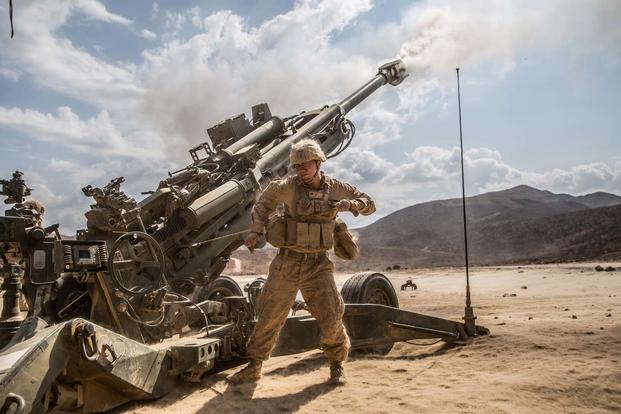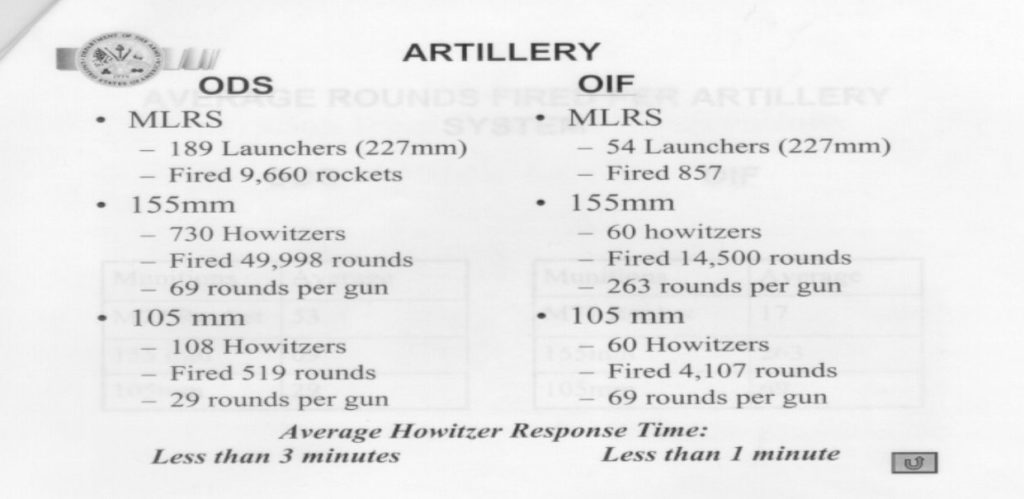
In 2016, Michael Jacobson and Robert H. Scales amplified a warning that after years of neglect during the counterinsurgency war in Iraq and Afghanistan, the U.S. was falling behind potential adversaries in artillery and long range precision fires capabilities. The U.S. Army had already taken note of the performance of Russian artillery in Ukraine, particularly the strike at Zelenopillya in 2014.
Since then, the U.S. Army and Marine Corps have started working on a new Multi-Domain Battle concept aimed at countering the anti-access/area denial (A2/AD) capabilities of potential foes. In 2017, U.S. Army Chief of Staff General Mark Milley made rapid improvement in long range precision fires capabilities the top priority for the service’s modernization effort. It currently aims to field new field artillery, rocket, and missile weapons capable of striking at distances from 70 to 500 kilometers – double the existing ranges – within five years.
The value of ground-based long-range precision fires has been demonstrated recently by the effectiveness of U.S. artillery support, particularly U.S. Army and Marine Corps 155mm howitzers, for Iraqi security forces in retaking Mosul, Syrian Democratic Forces assaulting Raqaa, and in protection of Syrian Kurds being attacked by Russian mercenaries and Syrian regime forces.
According to Army historian Luke O’Brian, the Fiscal Year 2019 Defense budget includes funds to buy 28,737 XM1156 Precision Guided Kit (PGK) 155mm howitzer munitions, which includes replacements for the 6,269 rounds expended during Operation INHERENT RESOLVE. O’Brian also notes that the Army will also buy 2,162 M982 Excalibur 155mm rounds in 2019 and several hundred each in following years.
In addition, in an effort to reduce the dependence on potentially vulnerable Global Positioning System (GPS) satellite networks for precision fires capabilities, the Army has awarded a contract to BAE Systems to develop Precision Guided Kit-Modernization (PGK-M) rounds with internal navigational capacity.
While the numbers appear large at first glance, data on U.S. artillery expenditures in Operation DESERT STORM and IRAQI FREEDOM (also via Luke O’Brian) shows just how much the volume of long-range fires has changed just since 1991. For the U.S. at least, precision fires have indeed replaced mass fires on the battlefield.


